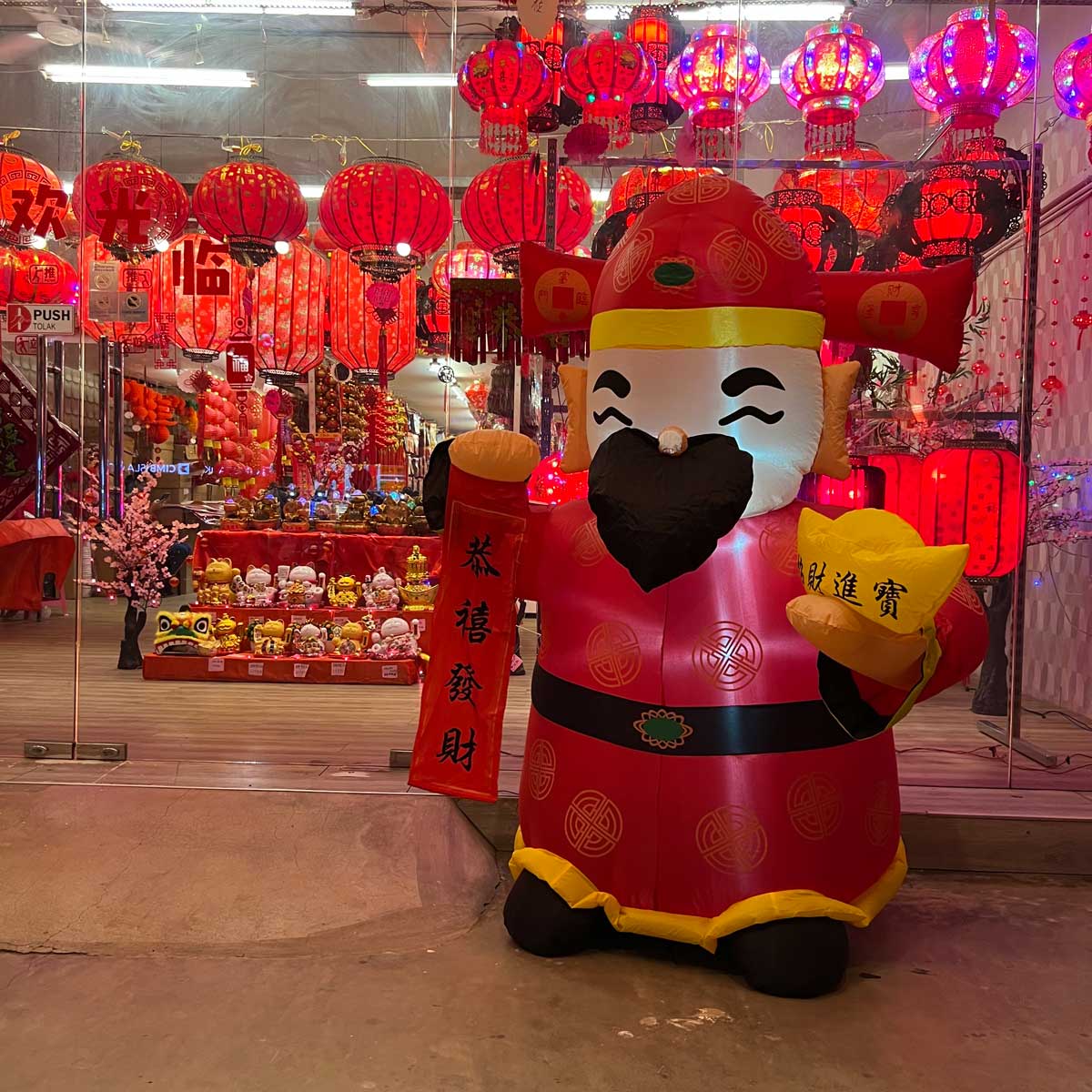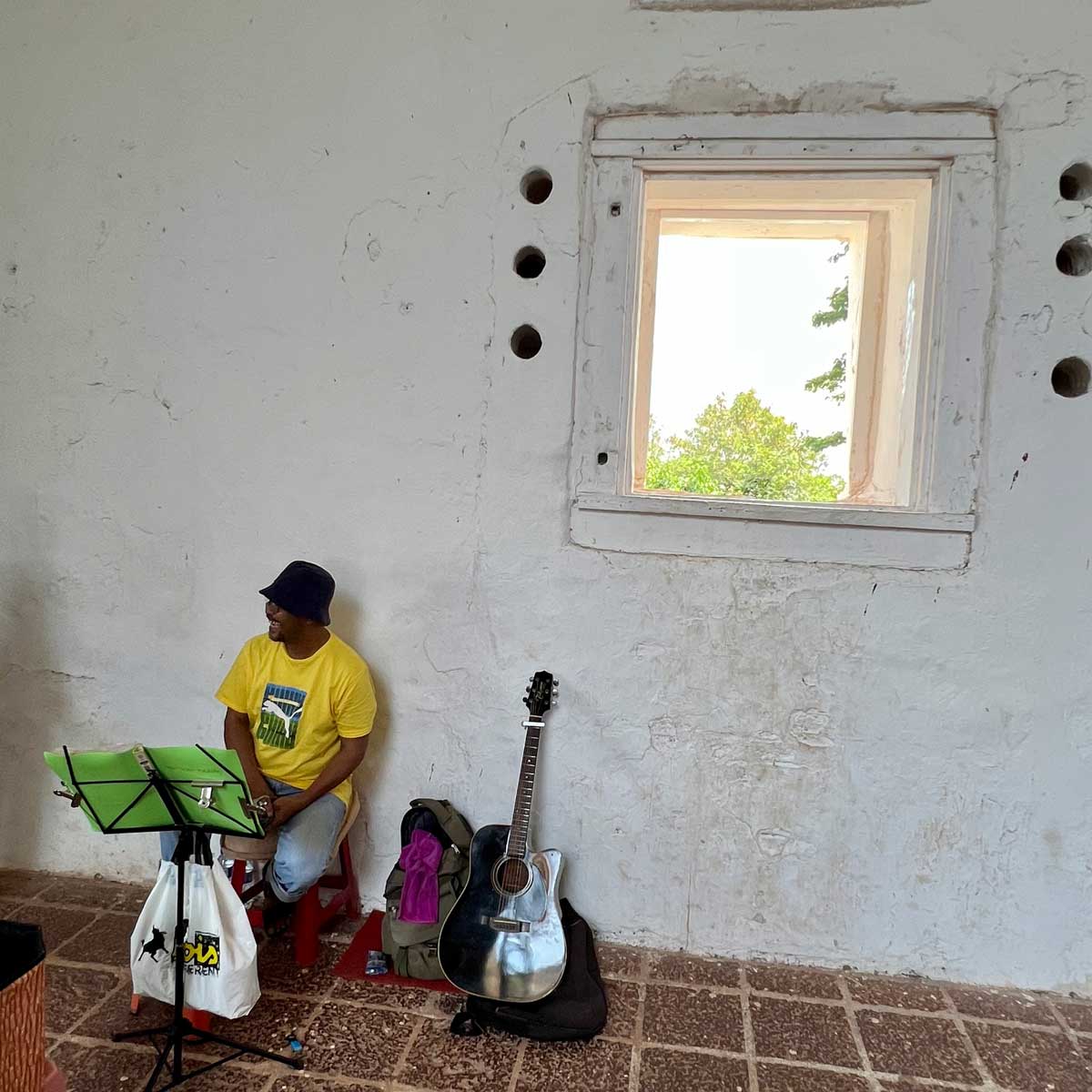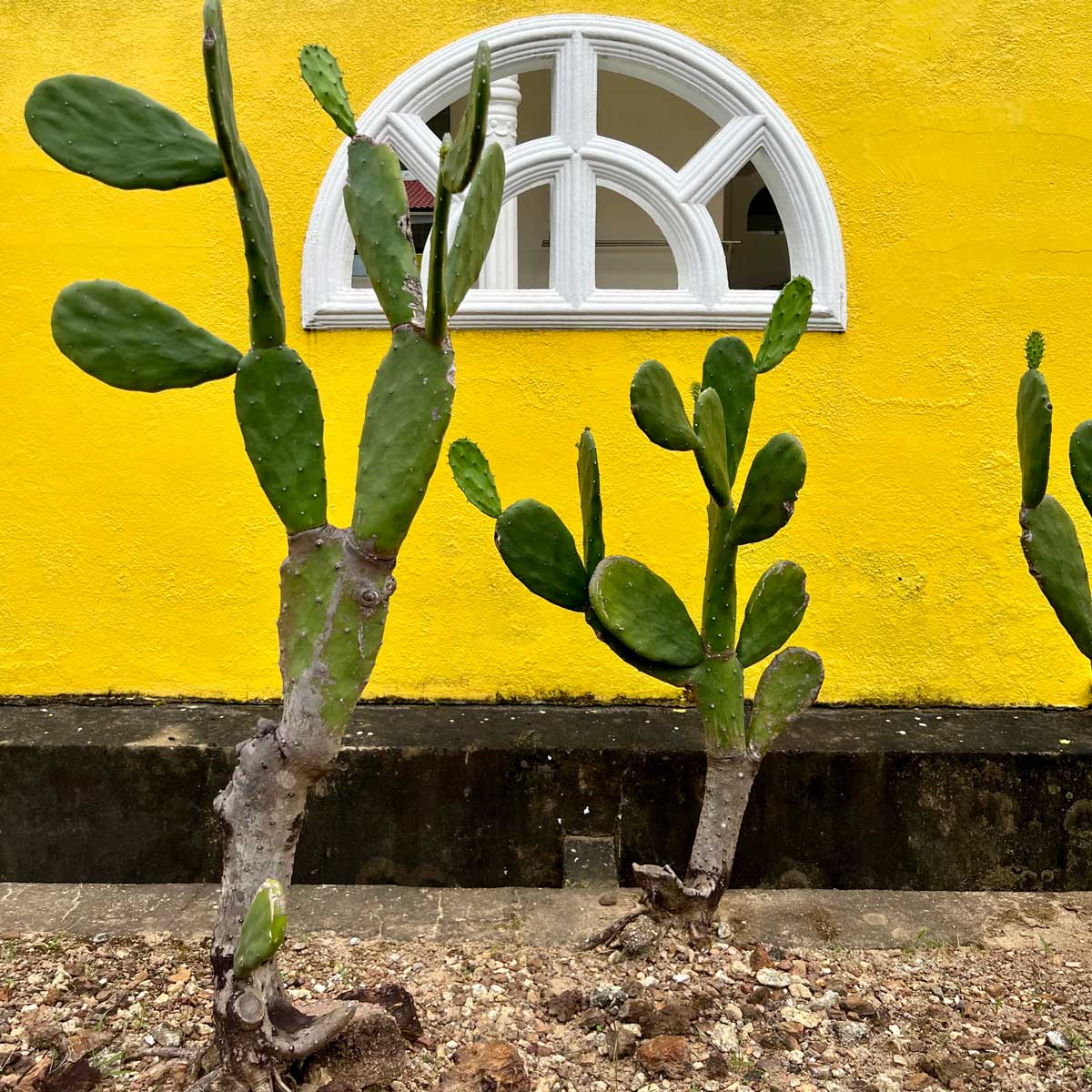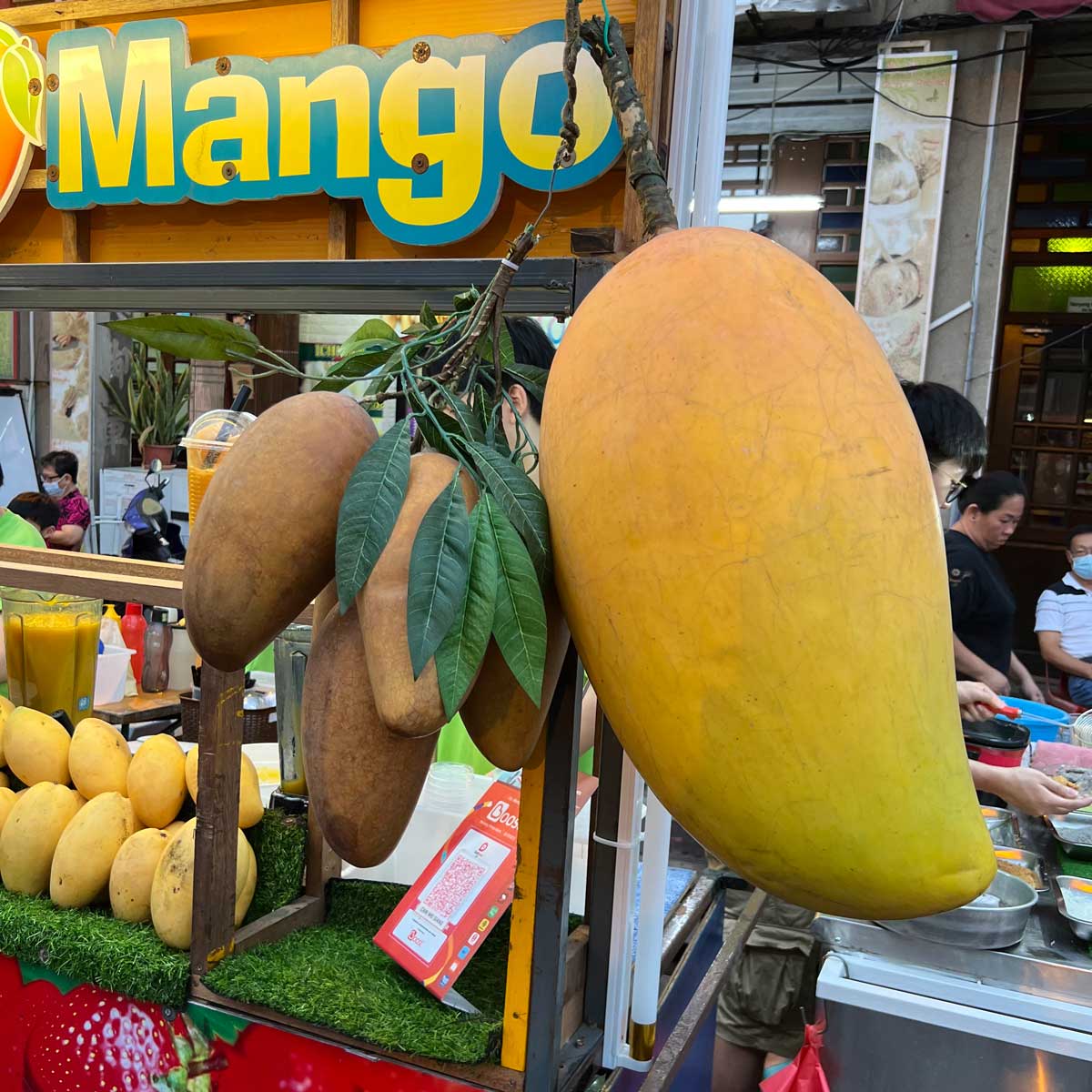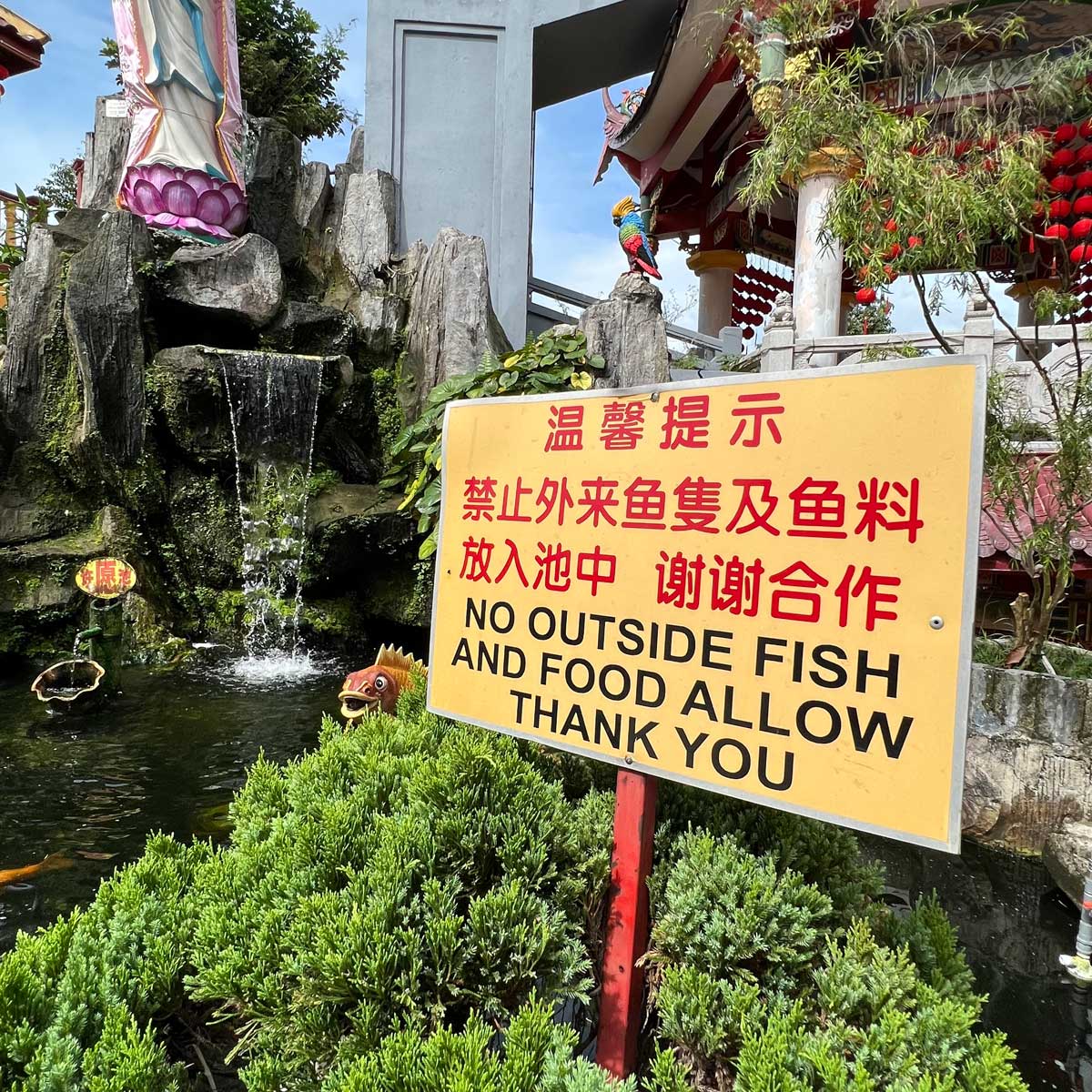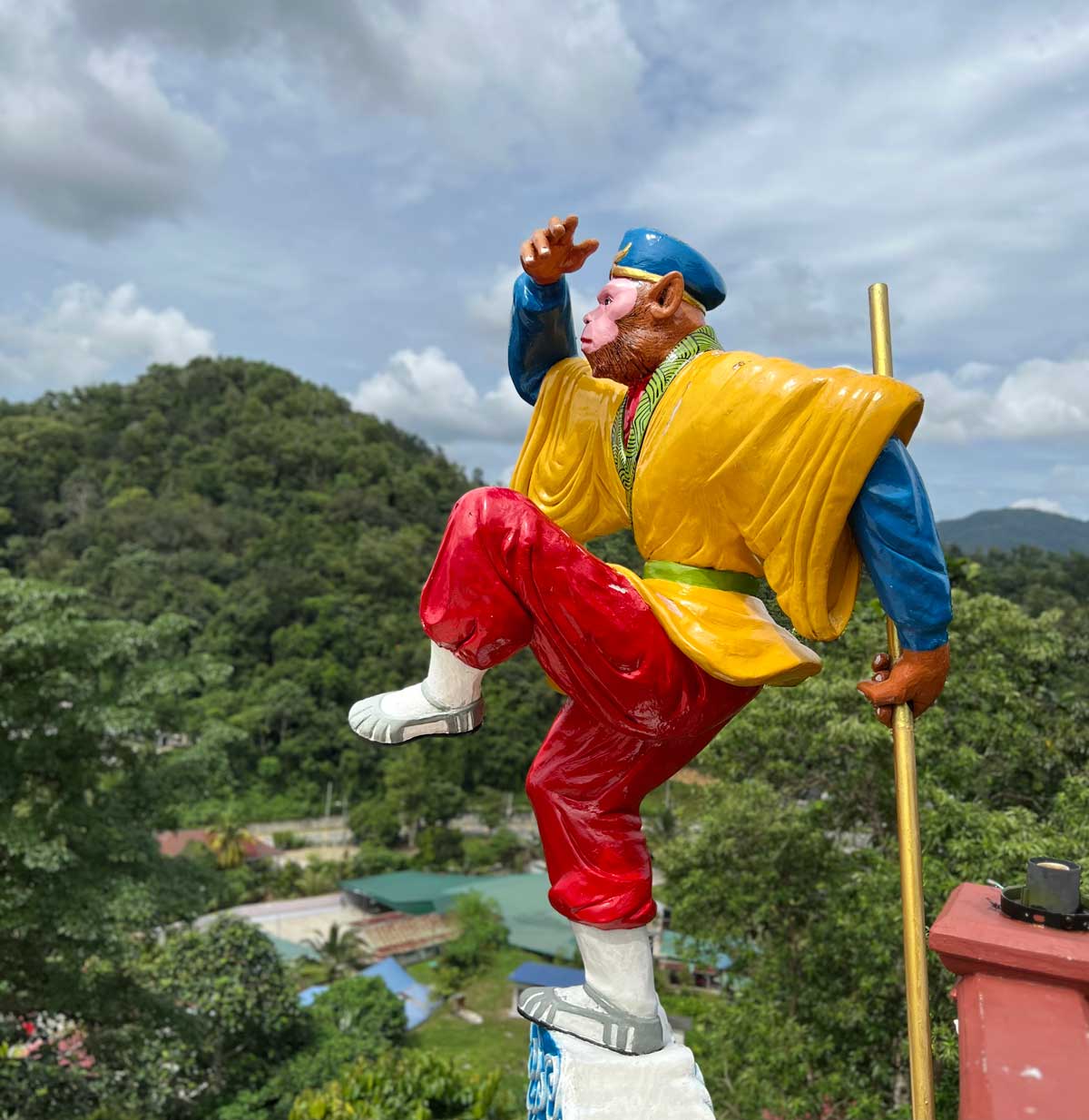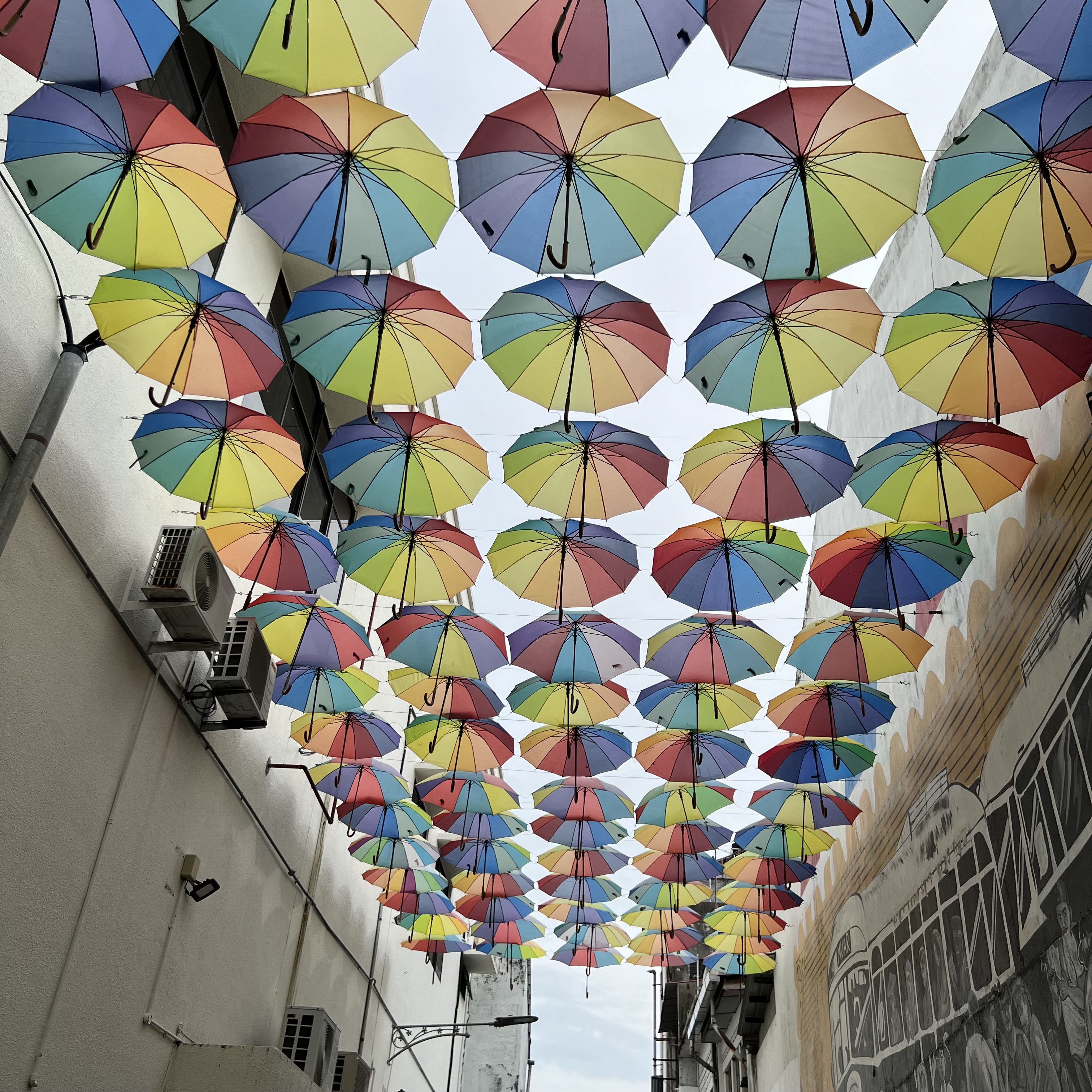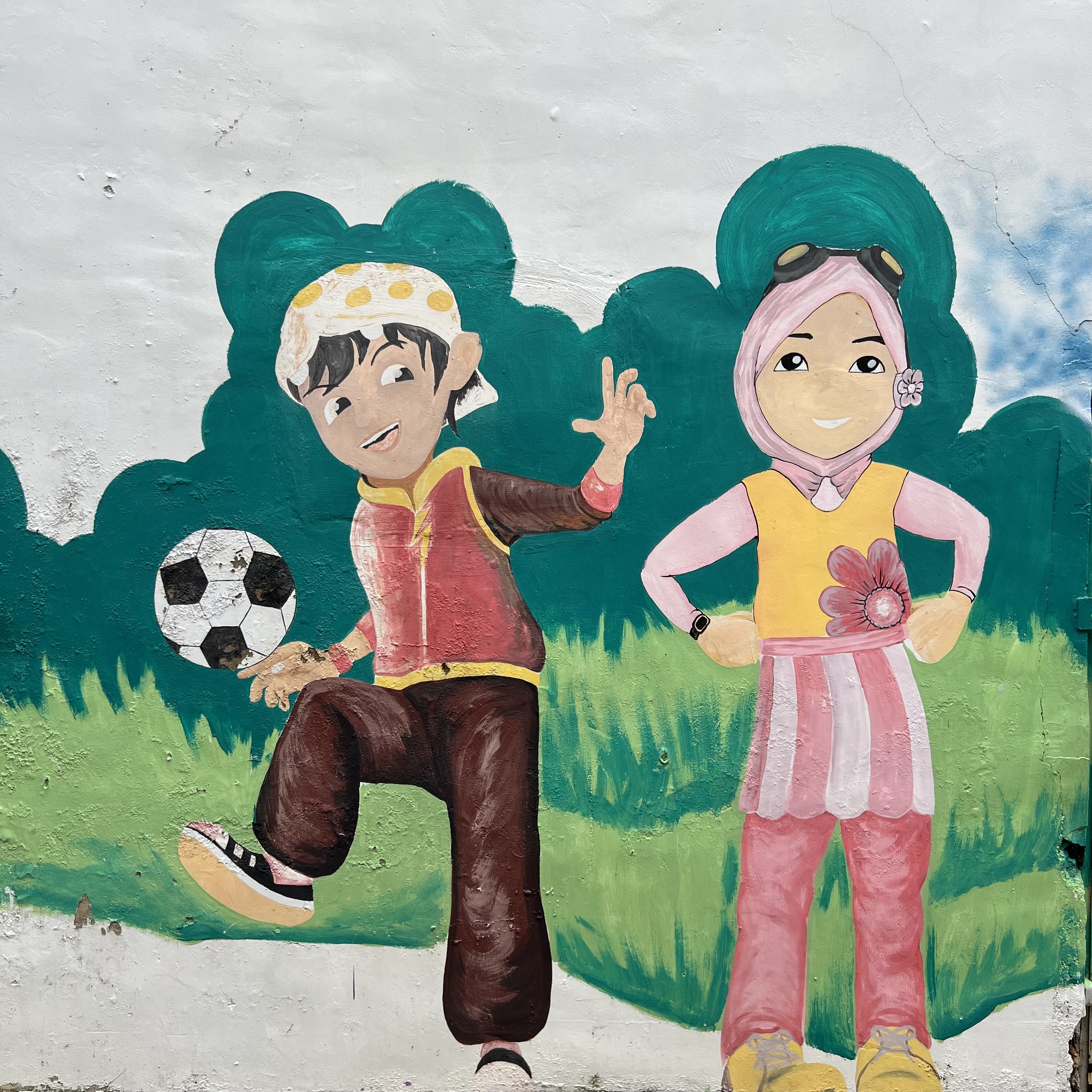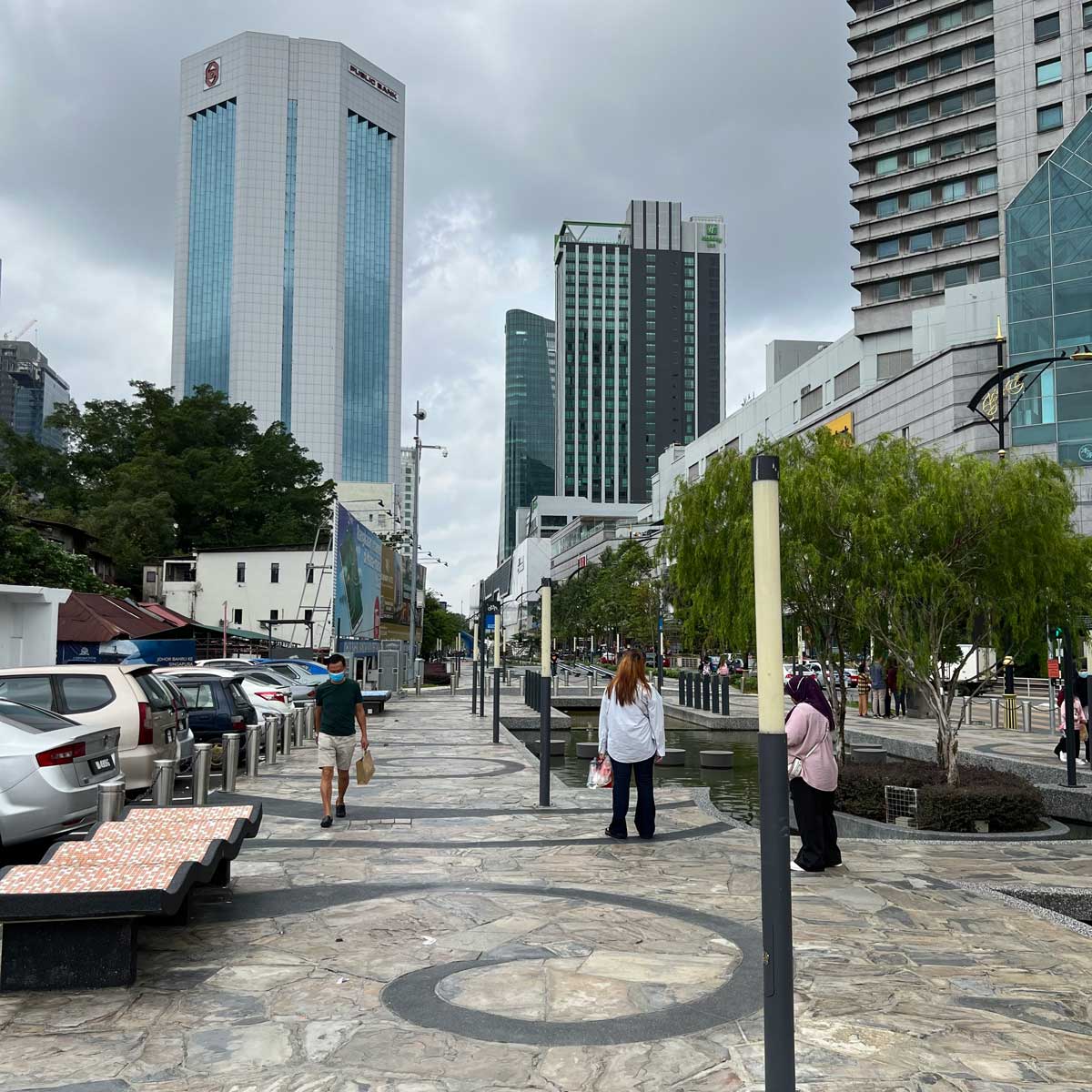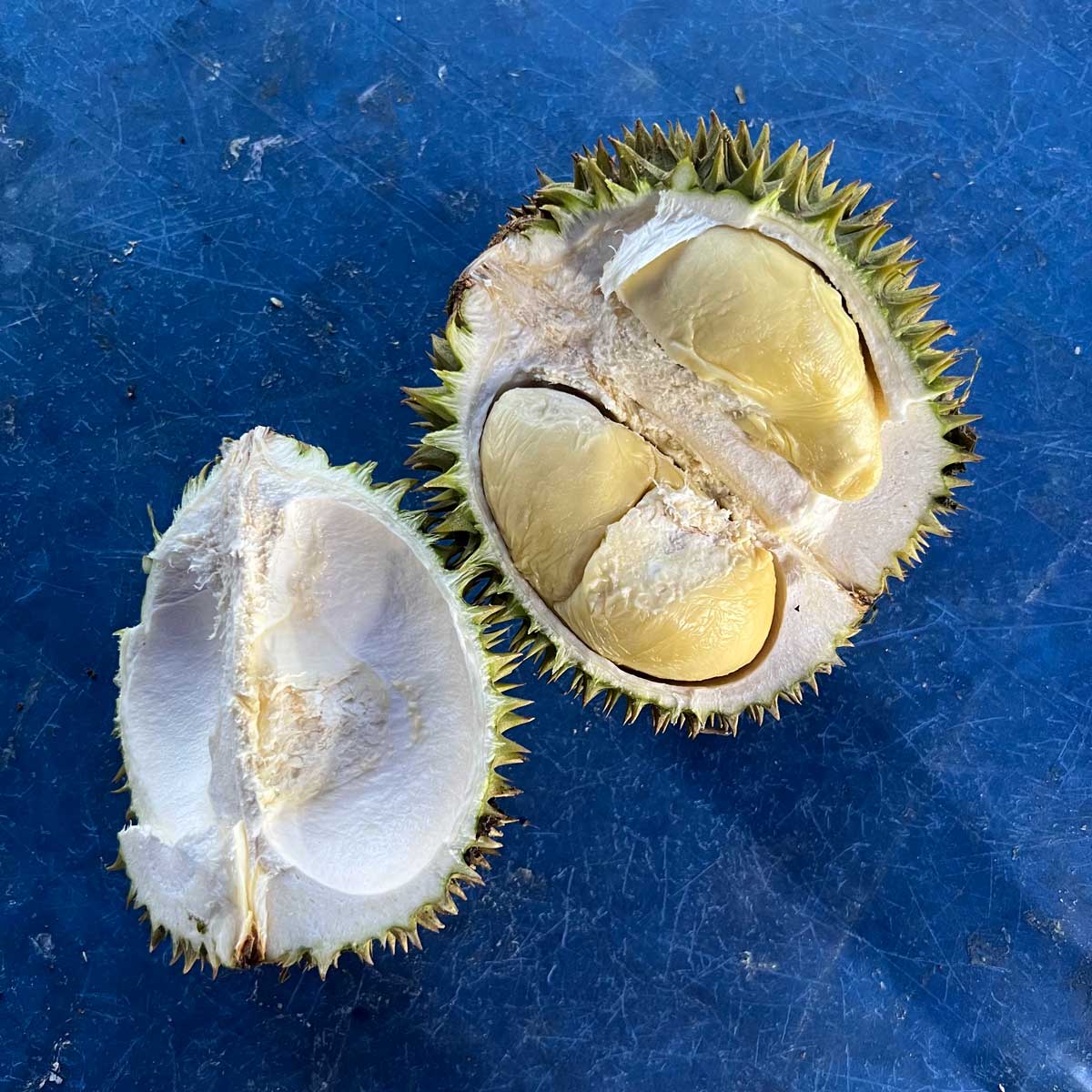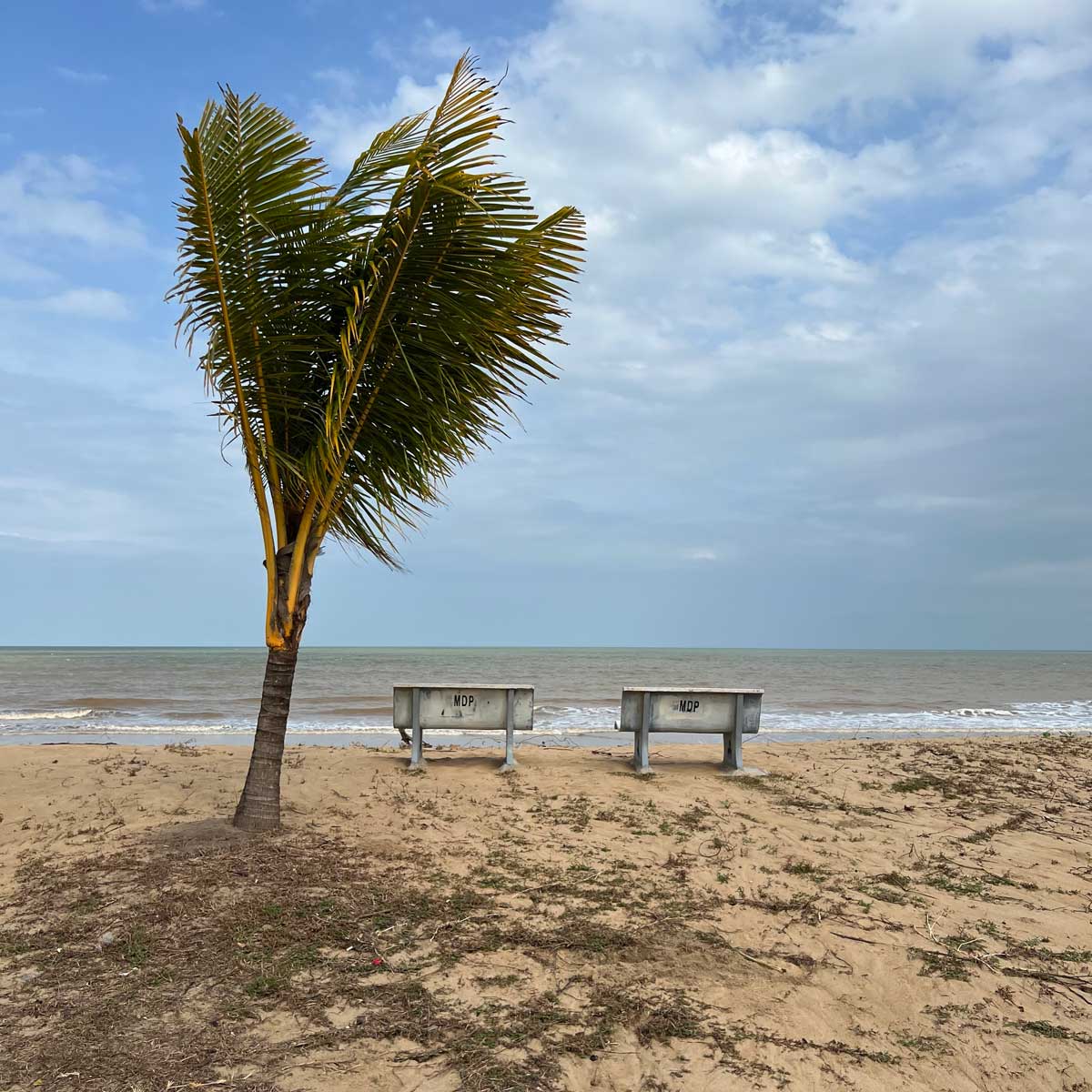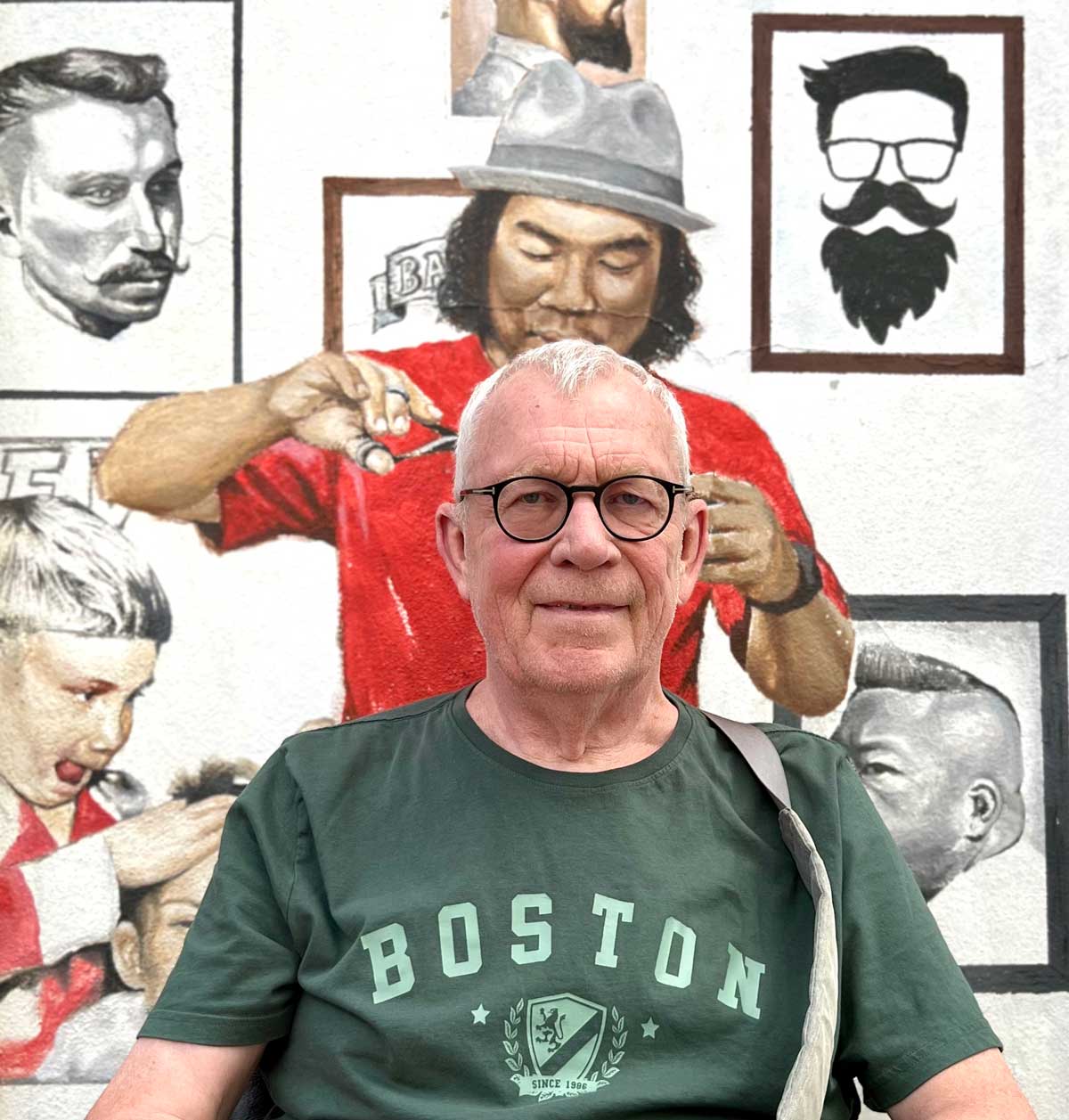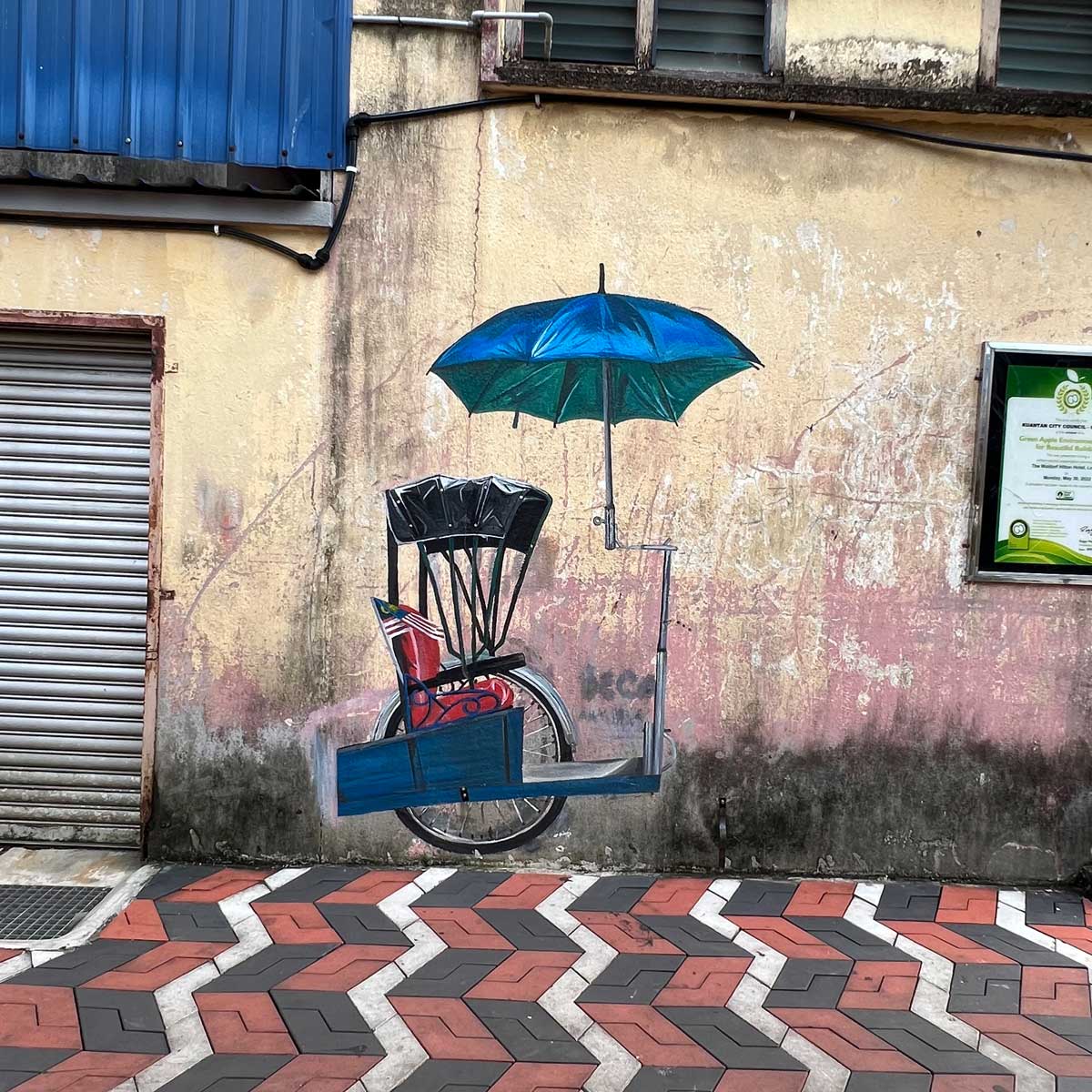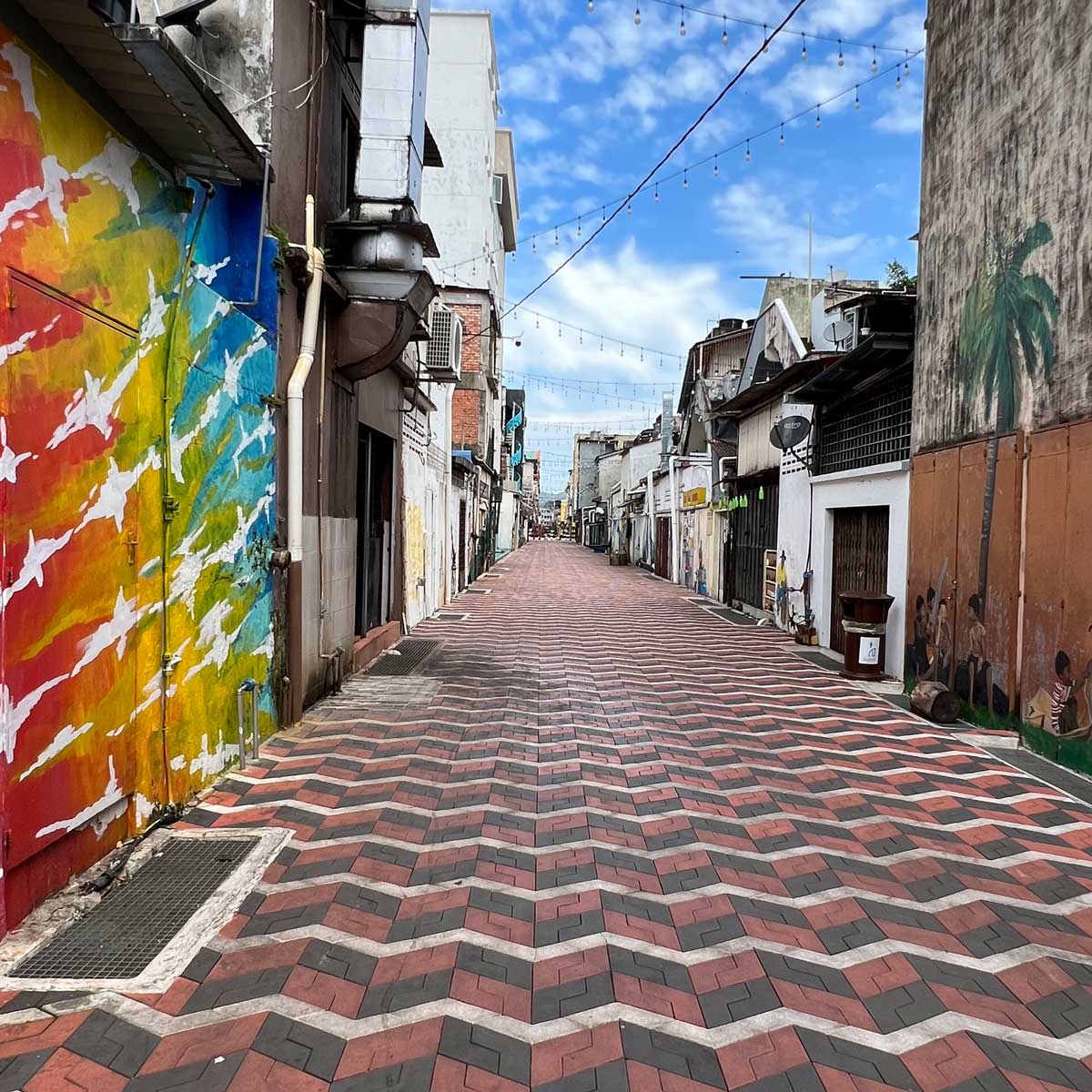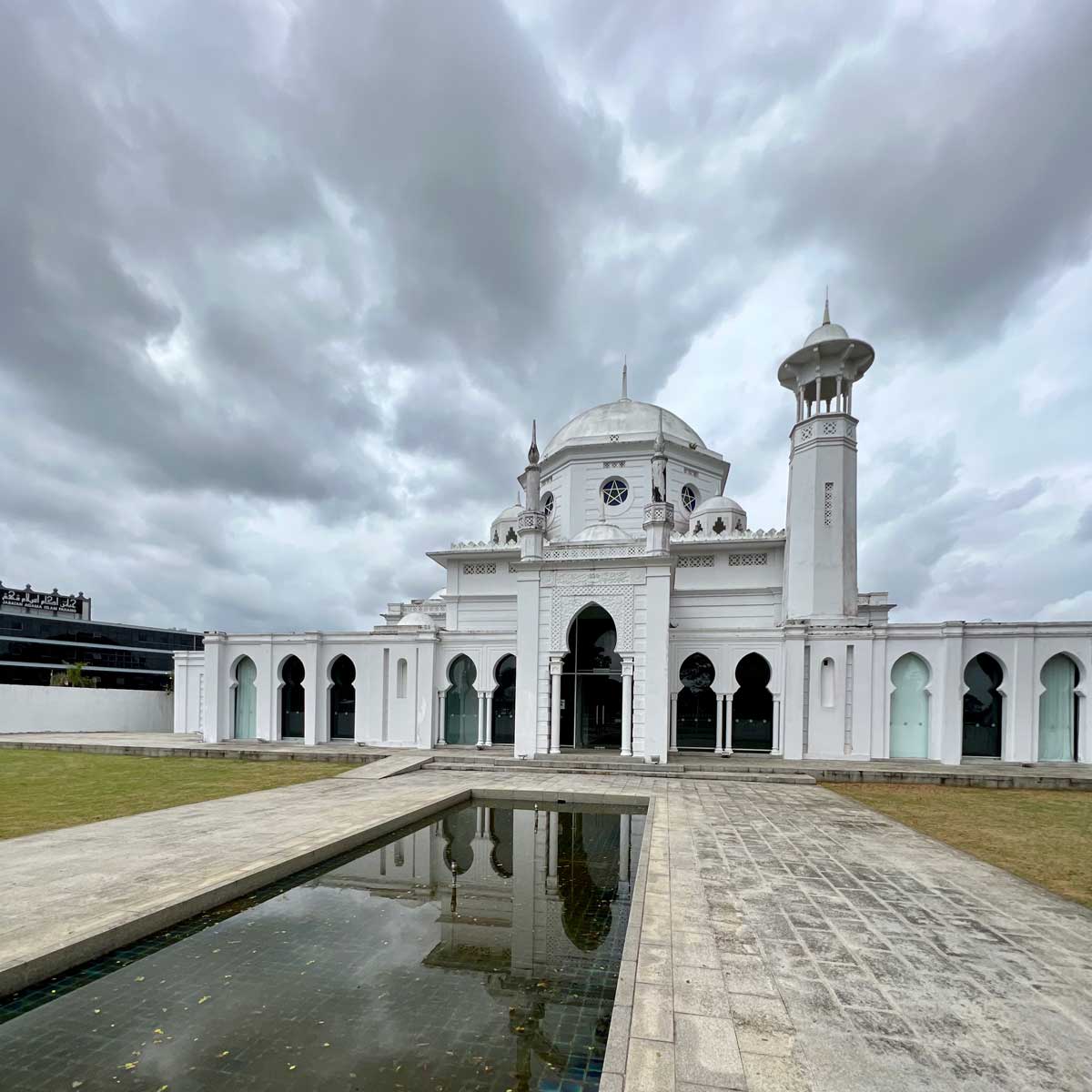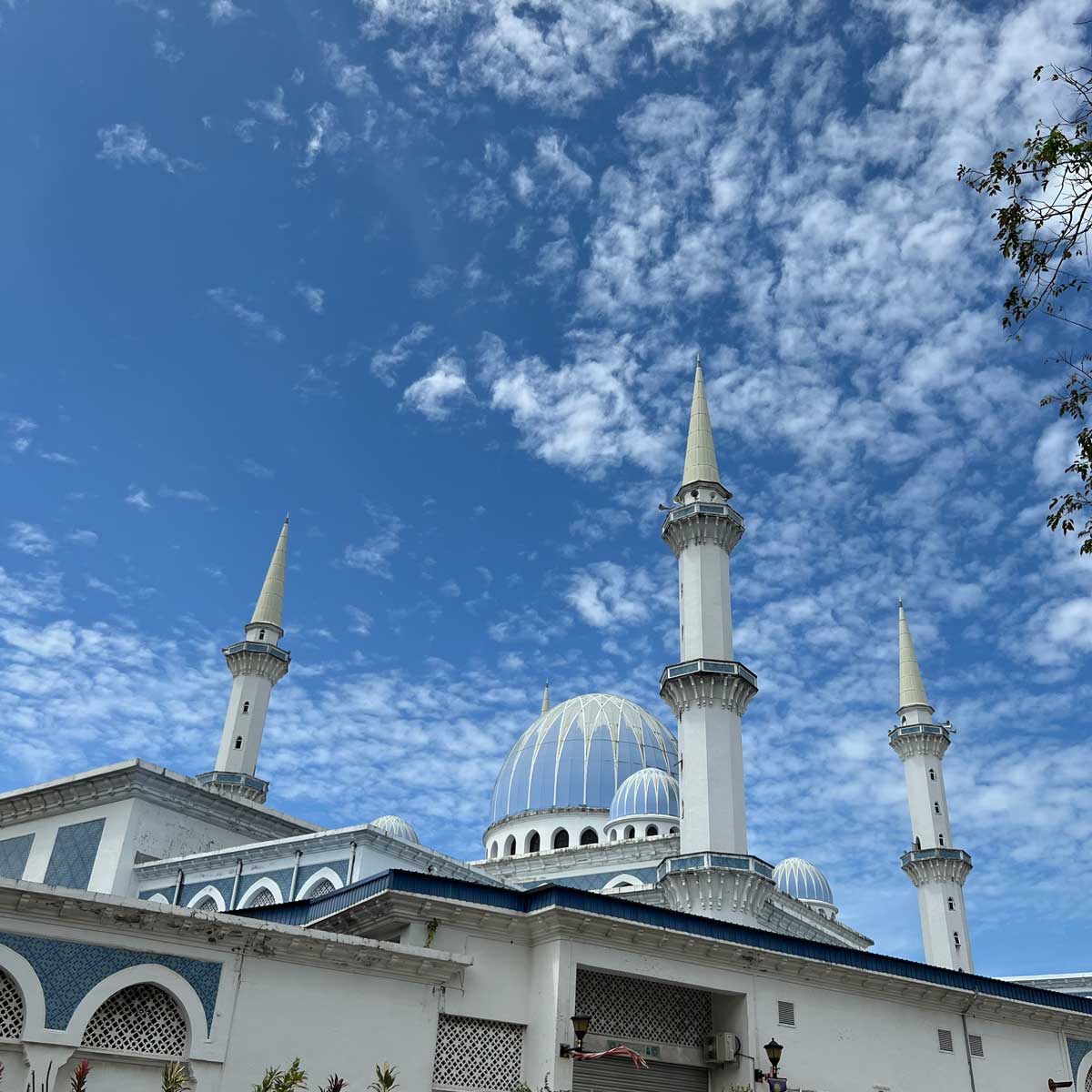While you folks back home are wading in deep snow, singing Christmas carols, and generally ready for the jolly Yuletide, Henry and I left the decadence of Kuala Lumpur and embarked on a road trip circling the southern tip of peninsular Malaysia.
Circling the Malaysian peninsula
Only a few hours’ drive south of Kuala Lumpur our first stop is Seremban –the capital of Negeri Sembilan, one of the 13 states that make up the Federation of Malaysia. The population of the Seremban metro area is close to a million, but the city is basically a cluster of many small town set apart with green fields and forests. Apart from an old street decorated with street art there’s not much to report.
Our next destination, a mere 80 kilometres further south, is Melaka. The city’s colonial past is a mixture of Dutch and Portuguese — and of course British who were the last to leave in 1957, when Malaysia gained its independence. Today a very popular tourist destination among locals as well as foreigners, so that many hotels are fully booked during this holiday weekend. The city gained UNESCO World Heritage recognition in 2008, a secure ticket to more tourist revenues. On a Christmas Eve, that fell on Saturday this year, the streets were packed with holidaying locals and foreigners alike.
A very special and popular tourist spot is Jonker Street in Chinatown with its night market and again — packed with curious tourists lining up for a bit of atmosphere and history. Strolling along all the makeshift stores at night is an experience that tantalises your nostrils, eyes, and ears alike. But the crowd can be a bit overwhelming.
After two nights in popular Melaka, we left for the more obscure town of Muar. Muar’s claim to fame is its food, coffee, and historical pre-war buildings. Thinking Muar was a more obscure destination, we didn’t expect fully booked hotels. It obviously doesn’t pay to visit during the peak holiday season unless you’ve made a pre-booking. After running around for three hours we finally found a spot in the centre with the apt name Streetview Hotel. The view from our room was to the parking area at the back of the building. At least we could keep an eye on our rented vehicle.
The centre of the town, mainly dominated by Chinese businesses, is a hodgepodge of pre-war colonial architecture. Some of the buildings are well maintained, others dilapidated to say the least. Some are freshly painted in bright colours, others overwhelmed by fungus. We went for a stroll in the early morning before the heat sets in, and a cool breeze made the walking easier. The walk also included a breakfast at one of the Chinese shops before we hit the road again.
Historically, the area around present-day Iskandar Puteri consisted of mostly fishing villages, populated by Malays and Orang Laut tribes. A modern city was set up when plans of a second bridge connecting Singapore came on the table in 1993. The whole southern tip of Malaysia collectively known as Johor Bahru is now an enormous conurbation of more than 2.5 million people, making it the second largest urban area in Malaysia. The majority is ethnic Chinese.
Including Singapore, the area houses close to nine million people, with a substantial number of Malaysian commuting to Singapore for work on a daily basis. Wages and cost of living is two to three times higher in Singapore, so you see a lot of Singaporeans coming over to Johor to dine.
A visit to Johor Bahru’s Chinese Heritage Museum is well worth the three-ringgit (USD 0.67) entrance fee. It gives a good background to nearly two centuries of development of the city. Located in what is known as Johor Bahru’s Heritage Food Trail – the streets around are refurbished to commemorate the memories of the past. Some of the buildings and shophouses are kept in their original state and are full of Indian shops. A lot of trendy cafes have popped up and are becoming popular among the hip and trendy young crowd.
Leaving the southern conurbation, we headed north along the east coast. First stop the small town and former royal capital of Old Pahang Kingdom. It has one decent hotel, and a few dilapidated dingy dens that provide a bed. Not many travellers stop here, which is understandable as there’s nothing that attracts tourists other than mosques and old abandoned royal palaces. It is also the home to Malaysia’s Defence Technologies Division plant and is responsible for manufacturing all armoured tanks and other military vehicles.
This is the official residence of the royal family of Pahang. It is open to the public especially during Hari Raya celebration open house. This is the time where all walks of life gathered together, celebrating Eid with plenty of traditional dishes.
Today’s capital of Pahang state is Kuantan, a metropolis of about half a million inhabitants, and located at the mouth of the river Kuantan. Along the river walk one also finds the Kuantan 188, a 188-metre-tall tower where one from the observation desk at 92 metres get a good view of the city, the area, and the South China Sea. The river walk is a nice stroll in the evening, full of people taking in the atmosphere, sampling the street food, or simply enjoying their drink or evening meal at one of the many cafes and restaurants in the area.
On our second day we went to the Kuantan Museum of Contemporary Art, only to discover it was closed for renovations. The alternative was a short stroll down to Art Street, something many respectable towns in Malaysia now brag about. The graffiti and murals, or whatever you call them, draws people with a cell phone camera so they can do their selfies in front of creative paintings by local artist. This again draws businesspeople to set up cafes and eateries, and you have an industry going.
On the way back to Kuala Lumpur we stopped one night in Temerloh. In the local market we went for the King of fruits — Durian. Some say it tastes like heaven but smells like a toilet. 18 ringgits for a whole fruit ($4). There are more than 200 varieties registered in Malaysia alone, and some are more pungent than others. Travel and food writer Richard Sterling says “… its odour is best described as pig-excrement, turpentine and onions, garnished with a gym sock.”
January 2023


